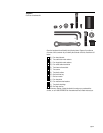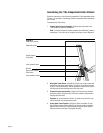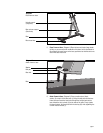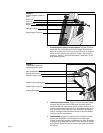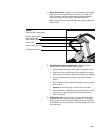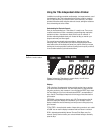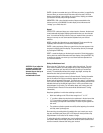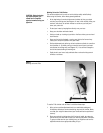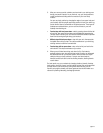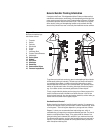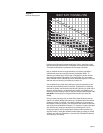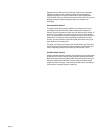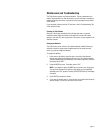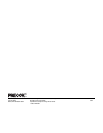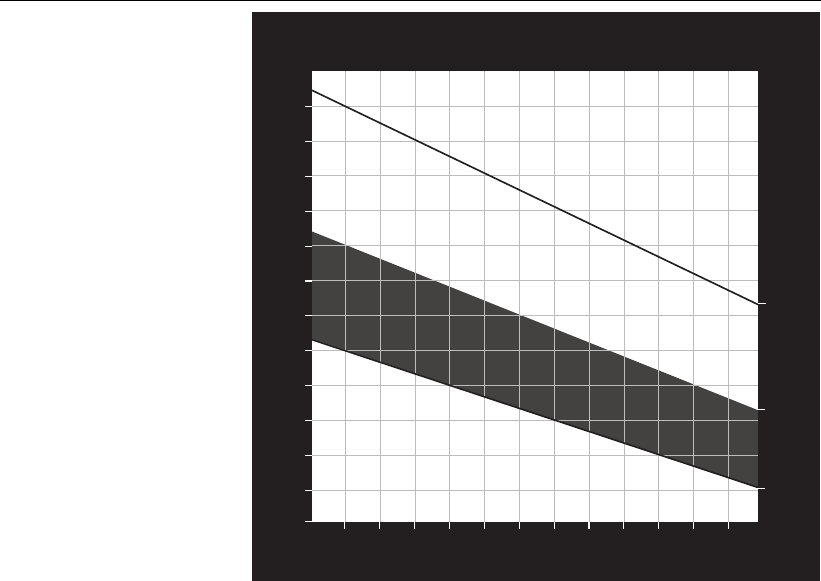
page 15
Pushing yourself beyond the recommended range, (that is, exercising so hard
that your heart rate rises above 80% of maximum) can overstress your muscles.
To increase cardiovascular improvement, exercise
longer
, not harder.
Keep in mind that this zone is an approximation, to be used as a guideline—
individual heart rates vary according to several physiological factors. To
determine your training zone, find your age on the diagram, and then find the
area where they intersect. For example, if you are 35 years old, your training
zone is between 120 and 148 beats per minute. Remember this zone—this is the
heart rate zone you should try to maintain as you work out.
You can determine your heart rate by taking your pulse at a place that you can
reach easily and comfortably while you exercise. Typical places for measuring
heart rate are directly over the heart on the left side of the chest, on either side of
the neck, over the temple, or on the thumb side of either wrist. Wherever you
measure your pulse, make sure that you use your index and middle fingers—not
your thumb. Your thumb has a strong pulse that can affect your pulse rate
reading.
Once you locate your pulse, look at a clock with a second hand and count the
beats for six seconds. Multiply that number by 10 to determine the total number
of beats per minute. For example, if you count 14 beats over six seconds, the
total number of beats per minute is 140. Compare the total number of beats with
your training zone as identified in Diagram 11. If necessary, increase or decrease
your activity level to bring your heart rate into your training zone. You can
increase your activity level by decreasing the resistance which increases your
step rate. Similarly, raising the resistance and decreasing your steps per minute
will lower your heart rate.
Remember—your heart rate is the definitive measure
of how hard you are working.
Diagram 11
Heart rate training zone
YOUR AGE
YOUR HEART RATE
80% OF
MAX.
HEART
RATE
MAX.
HEART
RATE
65% OF
MAX.
HEART
RATE
145
150
155
160
165
170
175
180
185
195
200
190
94
97
100
104
107
111
114
117
120
124
127
130
116
120
124
128
132
136
140
144
148
152
160
156
757065605550454035302520
80
90
100
110
120
130
150
140
160
170
180
190
200
RECOMMENDED TRAINING ZONE
HEART RATE TRAINING ZONE



